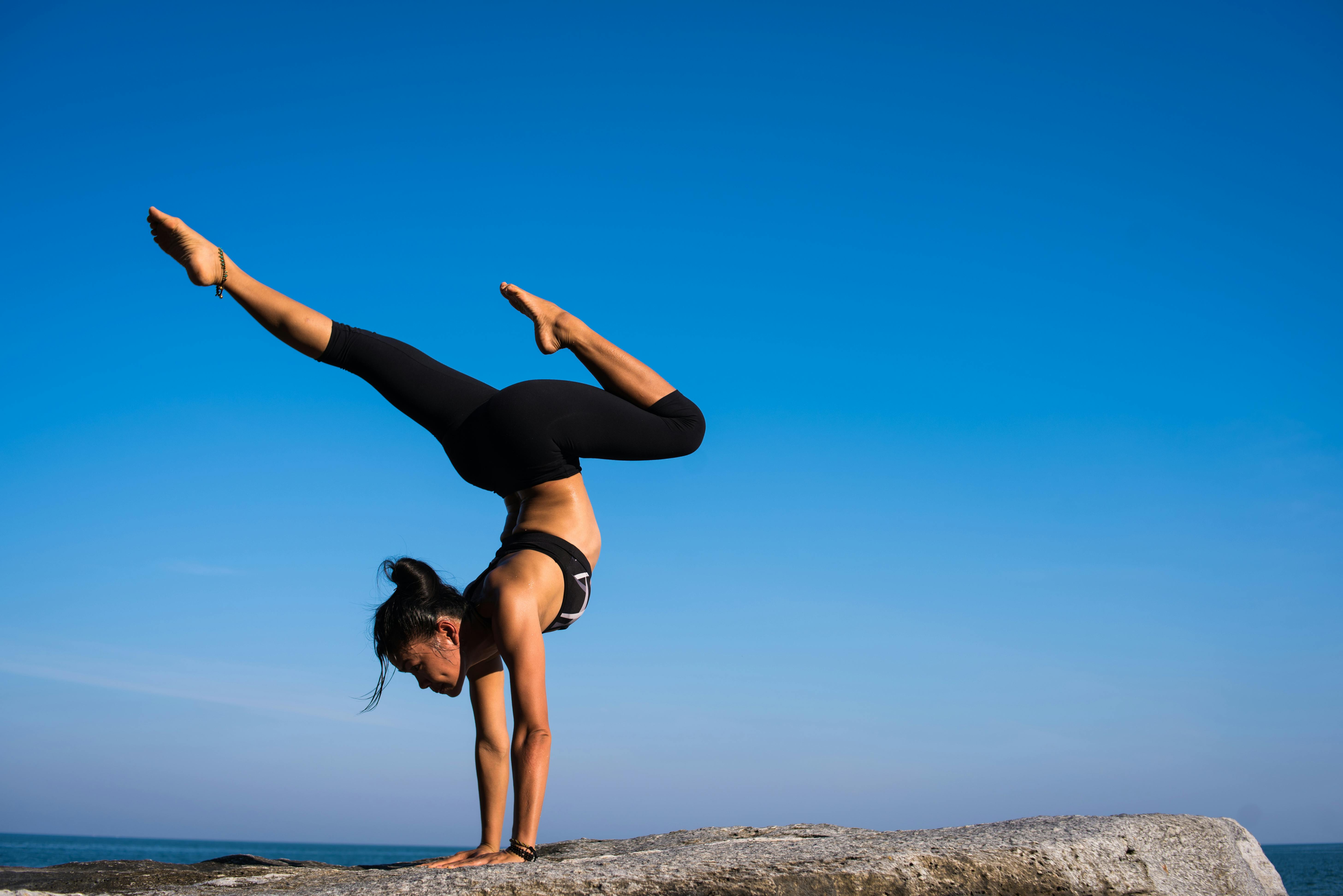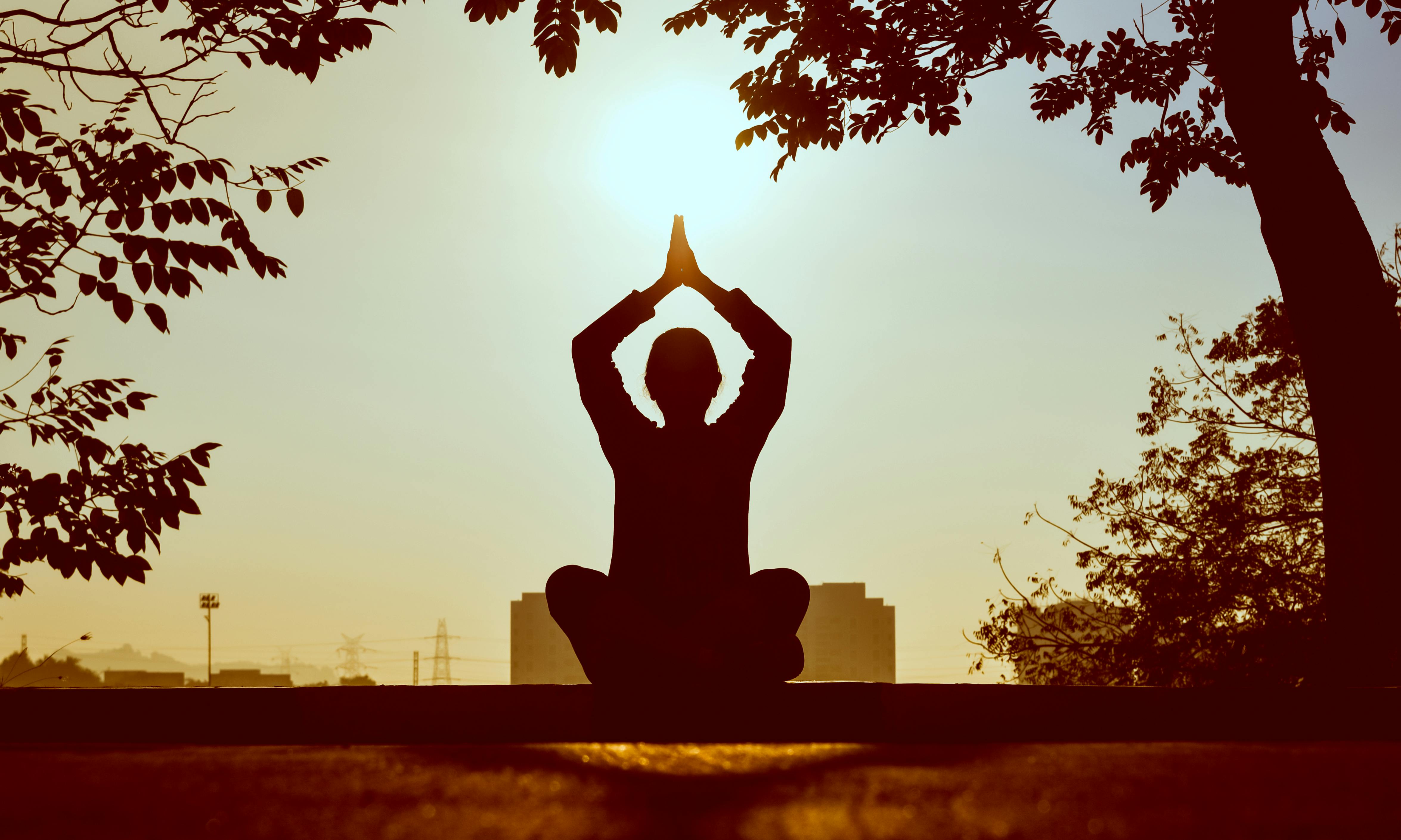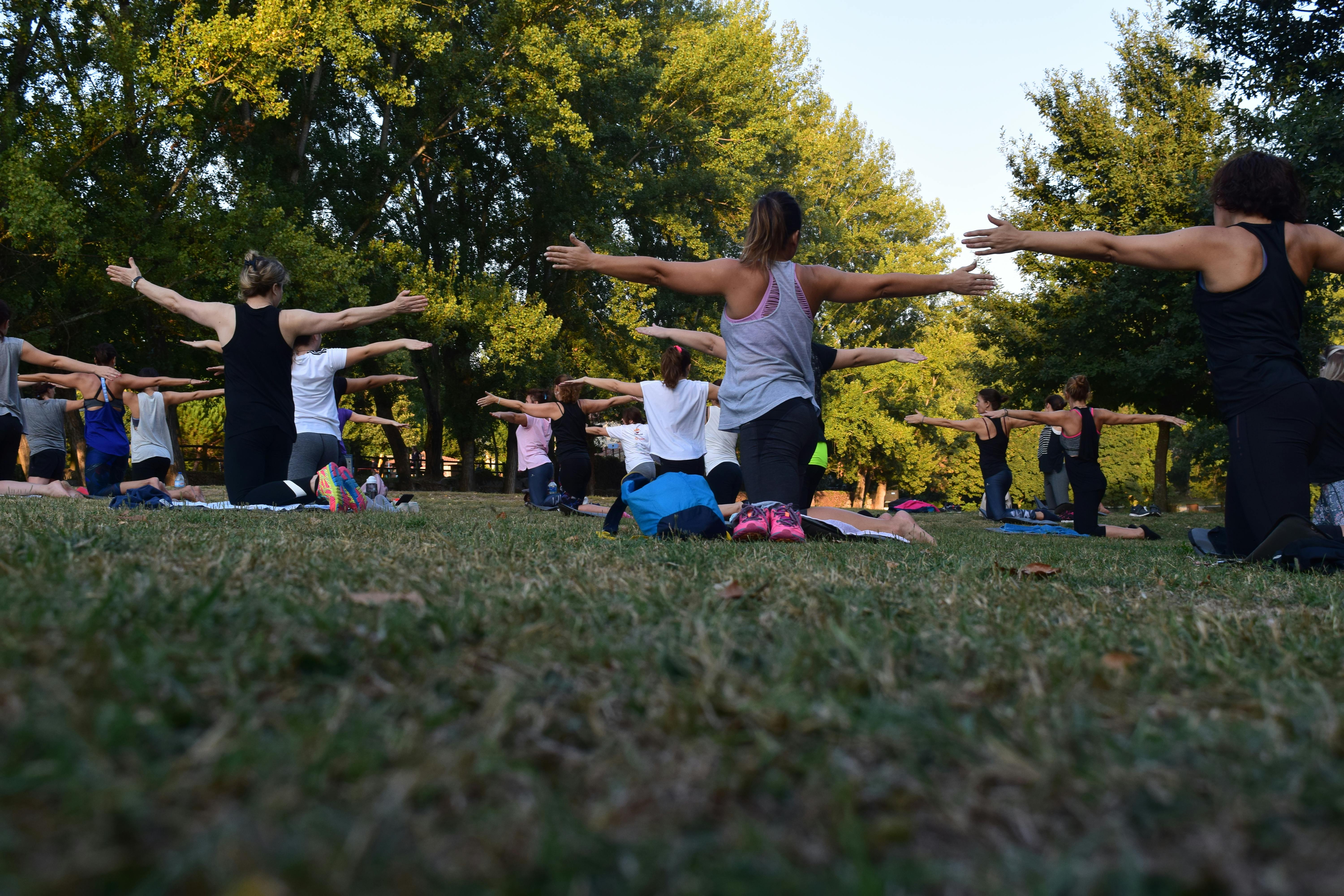“Comprehensive Guide to Basic Yoga Poses for Beginners”

Introduction to Yoga for Beginners
Starting yoga can feel overwhelming with the myriad of poses to learn. However, even the simple act of stretching your arms overhead in the morning is a yoga pose! Yoga is a lifelong journey, where you have ample time to explore each asana (pose) and learn the sequences. Many basic yoga poses mimic the natural ways our bodies bend and fold, making them feel familiar. Focusing on your breath helps deepen and relax into each pose. Here are some essential beginner yoga poses to kickstart your practice and progress to more challenging asanas.
Basic Yoga Poses
Downward Facing Dog (Adho Mukha Svanasana)
- Pose Type: Standing Pose
- Description: This is a common pose where beginners often make mistakes. They tend to lean too far forward, resembling a plank pose. Instead, keep most of your weight in your legs, lift your hips high, and stretch your heels towards the floor. If your hamstrings are tight, slightly bend your knees. Keep your feet parallel for balance.
Mountain Pose (Tadasana)
- Pose Type: Standing Pose
- Description: Although not as famous as Downward Facing Dog, Mountain Pose is equally important. Imagine a straight line from the crown of your head to your heels for proper alignment. Your shoulders and pelvis should stack in a straight line. Focus on grounding your feet firmly into the earth and lengthening your spine. Yoga instructors may guide you to draw your shoulders back and place your weight in your heels.
Warrior I (Virabhadrasana I)
- Pose Type: Standing Pose
- Description: In Warrior I, your hips should face forward. Think of your hip points as headlights and keep them parallel to the front of the mat. This pose may require a wider stance for stability.
Warrior II (Virabhadrasana II)
- Pose Type: Standing Pose
- Description: Unlike Warrior I, in Warrior II, your hips face the side of the mat. Transitioning from Warrior I to Warrior II involves opening your hips and shoulders to the side. Rotate your back foot so your toes point about 90 degrees. In both Warrior poses, ensure your front knee stacks over your ankle and your front toes point forward.
The Essence of Yoga: Understanding Its Roots
What is Yoga?
Yoga is an ancient practice rooted in Indian philosophy, designed to promote physical and mental well-being. It combines a series of physical postures and deep breathing techniques. The definition of yoga can vary depending on the person, time, and place, encompassing practices that merge intention, knowledge, and positive action.
Types of Yoga
Yoga comes in various styles, ranging from gentle and meditative experiences to more physically intense forms. Alignment-based yoga enhances strength, flexibility, and functionality, while meditative or devotional yoga offers mental and emotional benefits.
Starting Yoga at Home
Preparing Your Space and Materials
- Space: Find a quiet, spacious area. Lay down a yoga mat and have props like blocks or straps ready if needed.
- Clothing: Wear comfortable, stretchy clothes.
- Time: Set a consistent time for practice, such as morning or evening.
Beginner Yoga Poses
- Mountain Pose (Tadasana): Stand tall to balance your body.
- Tree Pose (Vrikshasana): Balance on one foot, placing the other foot on your thigh.
- Cat-Cow Pose (Marjaryasana-Bitilasana): Move your spine up and down on all fours.
- Child’s Pose (Balasana): Kneel and fold your body forward.
- Downward Dog Pose (Adho Mukha Svanasana): Lift your hips while in a prone position.
Breathing Techniques (Pranayama)
- Abdominal Breathing: Inhale deeply, expanding your belly, then exhale slowly.
- Alternate Nostril Breathing: Inhale through one nostril while closing the other, then switch.
Utilizing Yoga Resources
Online Classes and Apps
- YouTube: Channels like ‘Yoga with Adriene’ offer free classes.
- Apps: Use apps like ‘Daily Yoga’ or ‘Yoga for Beginners’ for structured practice.
Books
- Light on Yoga by B.K.S. Iyengar: A classic guide with detailed descriptions and photos.
Tips for a Safe Practice
Avoiding Injury
- Don’t Overdo It: Progress at your own pace and listen to your body.
- Consult a Doctor: If you have health issues, check with a healthcare professional before starting yoga.
- Consistency: Regular practice is key. Even ten minutes a day can make a difference.
Conclusion
Yoga is a wonderful practice that harmonizes the body and mind. With these beginner poses and tips, you can easily start your yoga journey at home. Remember, consistency and mindful breathing are your best companions on this path. Namaste!



